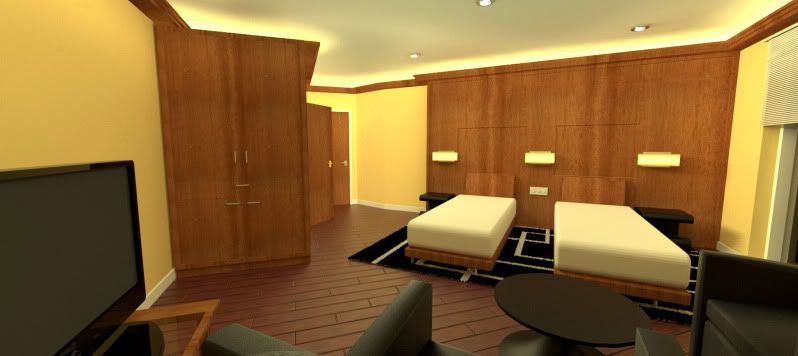Re: Rectangular lights create noisy reflections??
He could be a student with a deadline.
Jackson's tip are very good ones. It'd fit well into the Tips and Tricks section.
Only thing I don't agree on is the claim that wood textures don't need reflective layers. Having a nice glossy fresnel reflection often makes that material come to live instead of looking dead. But that depends on the finish of the wood.
You shouldn't worry. Your post was nothing but very informative and helpful.
He could be a student with a deadline.

Jackson's tip are very good ones. It'd fit well into the Tips and Tricks section.
Only thing I don't agree on is the claim that wood textures don't need reflective layers. Having a nice glossy fresnel reflection often makes that material come to live instead of looking dead. But that depends on the finish of the wood.
Sorry to be an @sshole about it- I was going to post the model back with my changes, but I'm not in the business of giving away vismats, visopts and SU modelling which have taken me years to learn and develop just so someone else can be paid for it. The tips above and in many of the VfSU General Forum threads plus the freely downloadable visopts and vismats on this site should be more than sufficient to get your renders up to scratch so you can start hitting deadlines.





Comment